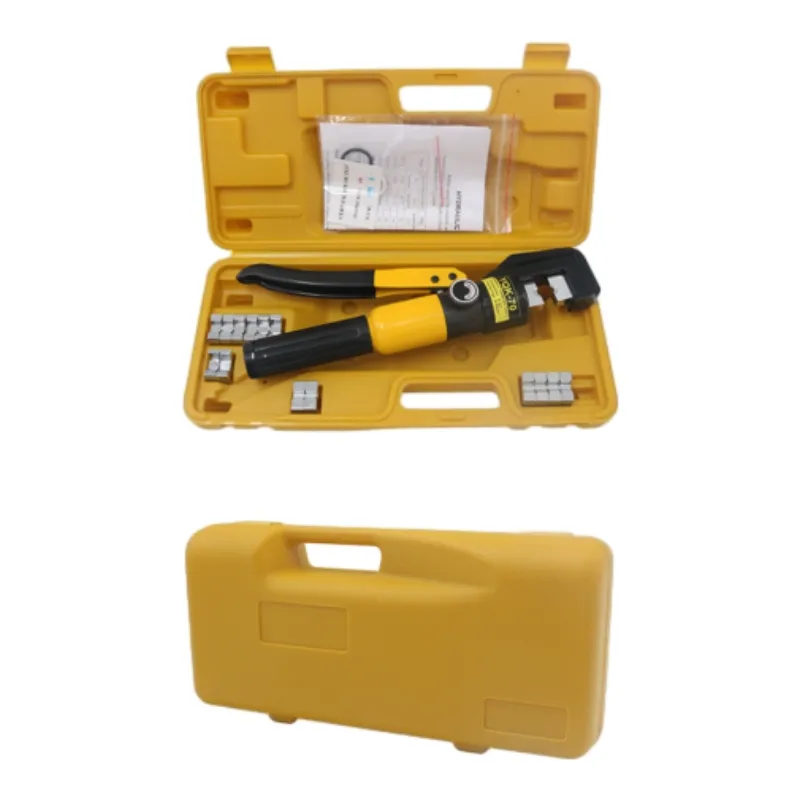
-
 Afrikaans
Afrikaans -
 Albanian
Albanian -
 Amharic
Amharic -
 Arabic
Arabic -
 Armenian
Armenian -
 Azerbaijani
Azerbaijani -
 Basque
Basque -
 Belarusian
Belarusian -
 Bengali
Bengali -
 Bosnian
Bosnian -
 Bulgarian
Bulgarian -
 Catalan
Catalan -
 Cebuano
Cebuano -
 Corsican
Corsican -
 Croatian
Croatian -
 Czech
Czech -
 Danish
Danish -
 Dutch
Dutch -
 English
English -
 Esperanto
Esperanto -
 Estonian
Estonian -
 Finnish
Finnish -
 French
French -
 Frisian
Frisian -
 Galician
Galician -
 Georgian
Georgian -
 German
German -
 Greek
Greek -
 Gujarati
Gujarati -
 Haitian Creole
Haitian Creole -
 hausa
hausa -
 hawaiian
hawaiian -
 Hebrew
Hebrew -
 Hindi
Hindi -
 Miao
Miao -
 Hungarian
Hungarian -
 Icelandic
Icelandic -
 igbo
igbo -
 Indonesian
Indonesian -
 irish
irish -
 Italian
Italian -
 Japanese
Japanese -
 Javanese
Javanese -
 Kannada
Kannada -
 kazakh
kazakh -
 Khmer
Khmer -
 Rwandese
Rwandese -
 Korean
Korean -
 Kurdish
Kurdish -
 Kyrgyz
Kyrgyz -
 Lao
Lao -
 Latin
Latin -
 Latvian
Latvian -
 Lithuanian
Lithuanian -
 Luxembourgish
Luxembourgish -
 Macedonian
Macedonian -
 Malgashi
Malgashi -
 Malay
Malay -
 Malayalam
Malayalam -
 Maltese
Maltese -
 Maori
Maori -
 Marathi
Marathi -
 Mongolian
Mongolian -
 Myanmar
Myanmar -
 Nepali
Nepali -
 Norwegian
Norwegian -
 Norwegian
Norwegian -
 Occitan
Occitan -
 Pashto
Pashto -
 Persian
Persian -
 Polish
Polish -
 Portuguese
Portuguese -
 Punjabi
Punjabi -
 Romanian
Romanian -
 Russian
Russian -
 Samoan
Samoan -
 Scottish Gaelic
Scottish Gaelic -
 Serbian
Serbian -
 Sesotho
Sesotho -
 Shona
Shona -
 Sindhi
Sindhi -
 Sinhala
Sinhala -
 Slovak
Slovak -
 Slovenian
Slovenian -
 Somali
Somali -
 Spanish
Spanish -
 Sundanese
Sundanese -
 Swahili
Swahili -
 Swedish
Swedish -
 Tagalog
Tagalog -
 Tajik
Tajik -
 Tamil
Tamil -
 Tatar
Tatar -
 Telugu
Telugu -
 Thai
Thai -
 Turkish
Turkish -
 Turkmen
Turkmen -
 Ukrainian
Ukrainian -
 Urdu
Urdu -
 Uighur
Uighur -
 Uzbek
Uzbek -
 Vietnamese
Vietnamese -
 Welsh
Welsh -
 Bantu
Bantu -
 Yiddish
Yiddish -
 Yoruba
Yoruba -
 Zulu
Zulu


វិច្ឆិកា . 25, 2024 03:57 Back to list
Using a Measuring Wheel to Accurately Calculate Distances on Various Surfaces
The Importance of Measuring Wheels in Distance Calculation
Measuring wheels, also known as surveyor's wheels or distance measuring wheels, are invaluable tools commonly used in various fields such as construction, landscaping, and outdoor event planning. These devices, designed to provide accurate measurements of distance, have proven to be essential for professionals and DIY enthusiasts alike. Understanding the mechanics and applications of measuring wheels can significantly enhance efficiency and accuracy in distance measurement tasks.
How Measuring Wheels Work
A measuring wheel consists of a wheel attached to a handle. When pushed along the ground, the wheel rotates, and the device records the distance traveled based on the number of rotations. Each complete turn of the wheel corresponds to a specific distance, which is pre-calibrated according to the wheel's circumference. Most measuring wheels include a digital or manual counter that displays the total distance covered, allowing users to easily track distances without the need for complex calculations.
The construction of measuring wheels can vary based on their intended use. Heavy-duty models are available for construction sites, while lightweight versions are suitable for smaller applications like gardening or sports events. Some models are designed to be foldable for easy transportation, making them accessible for mobile users who need to measure various distances on the go.
Applications of Measuring Wheels
1. Construction and Surveying In construction projects, precise measurements are critical. Measuring wheels are used by surveyors to establish boundaries, measure land, and layout construction plans. Their ease of use ensures quick assessments, which are essential for keeping projects on schedule.
2. Landscaping Landscaping professionals frequently use measuring wheels to plan layouts, determine the size of areas needing sod, mulch, or plants, and calculate material requirements. The accuracy of distance measurements directly impacts the aesthetic appeal and functionality of outdoor spaces.
measuring wheel distance

3. Real Estate In the real estate industry, measuring wheels help agents demonstrate the size of properties. Accurate measurements can influence property valuation and help clients visualize the potential of a space, making measuring wheels a valuable asset during showings.
4. Event Planning Organizing outdoor events, like marathons or festivals, involves significant planning concerning space and logistics. Measuring wheels assist planners in delineating event areas, ensuring adequate space for booths, seating, and pathways. This tool helps create a better experience for participants and attendees alike.
5. Education Measuring wheels also find applications in educational settings, such as physical education classes or science projects. Students can engage in hands-on learning activities, measuring distances for experiments or fitness assessments, which enhances their understanding of spatial relationships and physics.
Advantages of Using Measuring Wheels
The primary advantage of measuring wheels is their accuracy and efficiency. Traditional measuring methods like tape measures can be cumbersome, especially over long distances. Measuring wheels simplify the process, allowing users to cover large areas swiftly with dependable results. Moreover, they minimize human error often associated with manual measurements.
Another benefit is their versatility. Measuring wheels can be utilized on various terrains, including uneven ground, asphalt, and grass. This adaptability allows users to measure distances in diverse environments without the need for additional tools.
Conclusion
In conclusion, measuring wheels are essential tools for anyone needing to measure distance accurately and efficiently. With applications spanning various fields, their significance cannot be overstated. Whether you are a professional surveyor, landscaper, or a dedicated DIY enthusiast, integrating a measuring wheel into your toolkit can greatly simplify tasks, enhance accuracy, and save time. As technology continues to evolve, these devices may incorporate advanced features, but their fundamental role in distance measurement remains invaluable.
Latest news
What Are Construction Tools and How Are They Used?
NewsJul.11,2025
Professional-Grade Duct Rodding Tools for Superior Cable Installation
NewsJul.11,2025
Enhancing Safety and Efficiency with Modern Hot Stick Solutions
NewsJul.11,2025
Empowering Cable Installation with Advanced Rodder Solutions
NewsJul.11,2025
Elevate Your Cable Installation Projects with Cable Pulling Tools
NewsJul.11,2025
Efficient Cable Handling Solutions: Cable Rollers for Sale
NewsJul.11,2025











